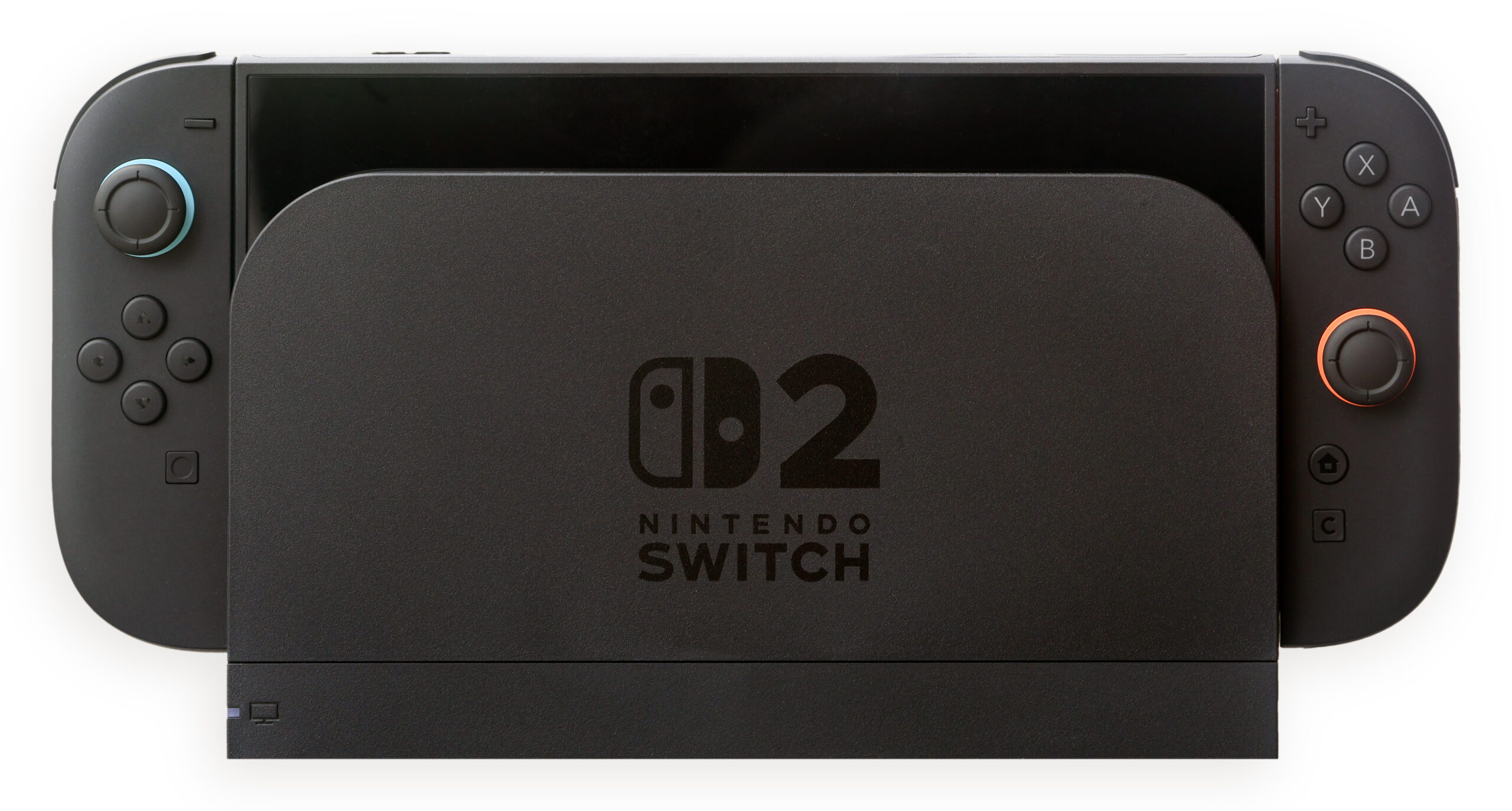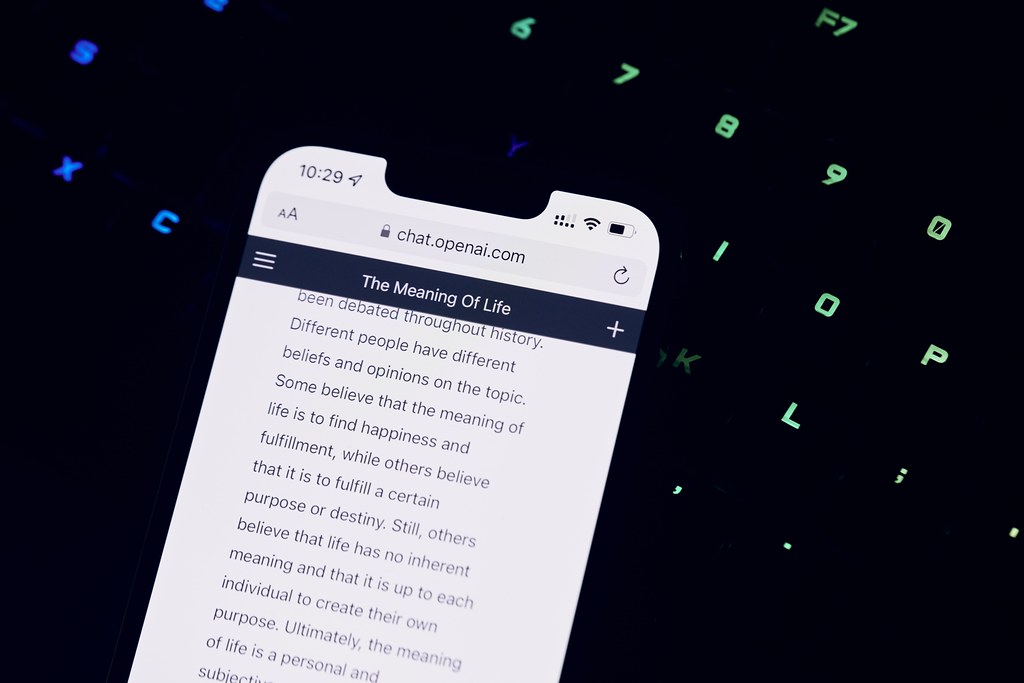Snap is returning to the consumer augmented reality market with a new pair of smart glasses called Specs, slated to be available in 2026. CEO Evan Spiegel revealed the plans on Tuesday at the Augmented World Expo in Long Beach, California. A Snap spokesperson confirmed the shipment timeline, marking the company’s first consumer glasses launch in years.
The new Specs will pack many of the augmented reality and artificial intelligence features found in Snap’s developer-focused Spectacles 5, but with a significantly smaller and lighter design. This aims to make them more comfortable and socially acceptable for everyday public use, in contrast to the larger earlier models.
The glasses will include see-through lenses capable of overlaying graphics onto the user’s real-world environment. Additionally, they will be equipped with an AI assistant powered by Snap’s technology, able to process both audio and video inputs.
Facing Fierce Competition
This announcement comes nearly a decade after Snap’s initial foray into smart glasses with its first Spectacles in 2016, which saw limited sales. While Snap was ahead of its time then, it now faces stiff competition from tech giants like Meta and Google, both of which have unveiled their own AR hardware ambitions. Meta is expected to launch a new AR glasses model codenamed “Hypernova” later this year, and Google has teamed up with partners like Warby Parker and Samsung to develop its Android XR smart glasses.
Snap is betting on its SnapOS developer ecosystem, which hosts millions of AR “Lenses” created for Snapchat and Spectacles, to provide a competitive advantage. Many of these Lenses will be compatible with the new Specs.
At the expo, Spiegel demonstrated several of these AR apps. One, called “Super Travel,” translates signs and menus in real time for travelers. Another, “Cookmate,” helps users find recipes based on ingredients they have and offers step-by-step cooking guidance.
Developer Tools and Future Partnerships
In addition to hardware, Snap announced developer tools updates to its SnapOS platform. Developers can now create apps powered by multimodal AI models from OpenAI and Google DeepMind. A new “Depth Module API” will help anchor AR graphics from large language models in 3D space.
Looking ahead, Snap plans to partner with Niantic Spatial — spun off from the creators of Pokémon Go — to build AI-powered maps of the physical world.
Whether Snap’s vision will resonate with consumers remains uncertain. Meta’s Ray-Ban Meta glasses have seen early success, but Snap’s Specs may come with a higher price tag. To truly win over users, Snap will need to shift AR glasses from novelty gadgets to practical, everyday devices.
What The Author Thinks
Snap’s announcement is a promising step, but the success of AR glasses will hinge less on flashy tech demos and more on real-world usability, affordability, and seamless integration into daily life. Without these, Specs risk joining the list of ambitious but niche AR products that fail to capture mainstream interest.










